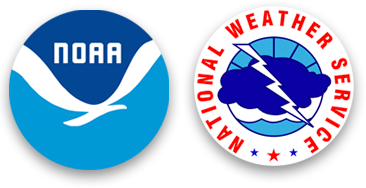Ushering NWS Science and Technology Into a New Era
Editor’s Note: In 2010, NOAA Office of Atmospheric Research Communications Director Barry Reichenbaugh recorded a series of oral histories with key researchers and others involved in the National Weather Service Modernization and Associated Restructuring, or MAR, during the 1980s and 90s. These oral histories have been republished on the Voices of NOAA website.
With the ongoing evolution of technology over the last several decades, it should come as no surprise that technological development became a cornerstone of the National Weather Service Modernization and Associated Restructuring era. With the help and expertise of people like Doug Sargeant, the NWS was able to usher in an age of innovative science and technology.
After studying meteorology in college, Doug Sargeant became a part of the Global Atmospheric Research Program (GARP), a team that explored and developed technologies such as radiosondes and satellites that could produce surface observations and monitor weather developments. In January of 1970, Doug came to Washington, DC to get federal agencies involved in GARP. It was soon determined that the newly formed NOAA would take the lead. As GARP became GATE, an international collaboration concerned with the development of observational systems, Sargeant was asked to stay on and help get it up and running. Sergeant eventually became the head of systems development at the beginning of the MAR, an era that expedited the development of observational technology. Over the course of the MAR, Sergeant worked to integrate new science and technology into operations at the NWS.
Here is an excerpt from his interview recorded in August 2010:
On his motivation for involvement in the Modernization and Associated Restructuring effort:
“From my standpoint, I have to confess that the things that I most cared about in the restructuring part of the Weather Service were ones that would facilitate getting new science and technology into operations. It wasn't that much about the operations itself and making them more efficient or what have you. It was trying to actually get the science and operations into that stream. So for me, that technology transfer -- science and technology transfer -- was the driving motivation that I was always after.”
Resources and Additional Reading
- Full interview transcript and audio recording with Doug Sargeant, August 2010 are available here: https://voices.nmfs.noaa.gov/douglas-h-sargeant
